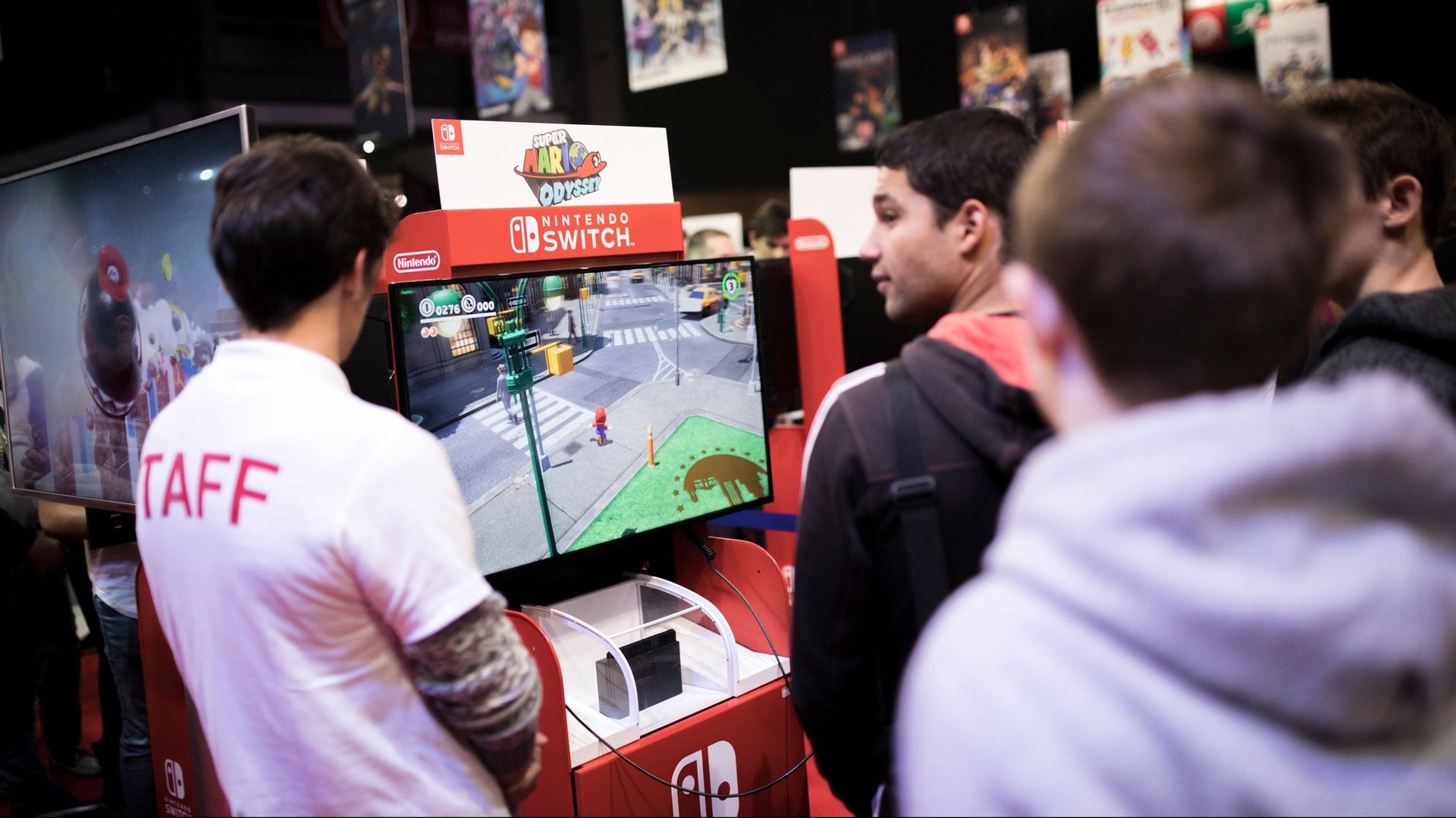These technologies are improving video-game accessibility for the blind
Visuals are a core part of video-game design. They can enhance gameplay and make a narrative more immersive—or, done poorly, ruin an experience altogether. Either way, visually impaired players don’t have access to them. In recent years, companies and researchers have increasingly tried to address that issue.


Visuals are a core part of video-game design. They can enhance gameplay and make a narrative more immersive—or, done poorly, ruin an experience altogether. Either way, visually impaired players don’t have access to them. In recent years, companies and researchers have increasingly tried to address that issue.
Among them is EA Sports, which makes popular games like Madden NFL and Need For Speed. In the former, players now have the option to add different sounds to different plays, helping blind players better understand what’s going on. In Need for Speed, audio cues that indicate when cars are turning, or when obstacles are close, also help players who rely on sound.
“It’s not as good an experience [as competitive sighted gamers get], but it is an experience. And having an experience is the most important thing,” said Karen Stevens, head of accessibility at EA Sports, at the Games Developers Conference in San Francisco earlier this year. As Ars Technica reports, she outlined how the company started upgrading its games after she received a letter from a blind player, and shared how she discovered an underserved audience base on Audiogames.net, a forum dedicated to blind-accessible games.
The size of that audience could be substantial. More than 7 million people in the US ages 16 to 75 reported a visual disability in 2015, according to the most recent statistics from the National Federation of the Blind. A good portion of them would likely play accessible video games: As of this year, about 211 million people, or 67% of Americans, play video games, according to a study by Electronic Entertainment Design and Research.
Meanwhile forums like Audiogames.net and efforts like the Game Accessibility project, which aims to provide resources to developers and less-able gamers, show that the latter are an important part of the gaming demographic.
Some developers are trying to elevate the gaming experience for the blind even more. The racing auditory display (RAD) aims to provide an experience that’s close to what sighted players get, and it can be integrated by developers into almost any racing game.
The prototype was unveiled earlier this year by Brian Smith, an incoming assistant professor of computer science at Columbia University. (A PhD student at the time, Smith worked on the project with Shree Nayar, a computer science professor at the school.)
As Smith told Quartz, the RAD is not a “diluted experience” or “dumbed-down version” of a game that is catered specifically to blind players. Instead, it tries to retain the thrill and complexity of racing games using two new types of sound cues. One is a sound slider that helps players understand the car’s speed and position on a track, while an audio indicator system alerts them to upcoming turns. When Smith tested the RAD on players, the blind subjects actually performed as well as, or sometimes better than, a non-blind player.
Smith hopes to share his software with companies so “developers can incorporate the RAD into their own game,” he says. By working with firms to create a universal standard for audio cues, he hopes that the prototype can be expanded further (for instance, how to indicate if opponents are on the track).
To be sure, there’s much work to be done to make games more accessible, and people with disabilities are rarely involved in video-game research, as MIT Technology Review reports.
But major companies have already begun to make accessibility a priority. For instance, Marvel’s Spider-Man for PlayStation 4, released in September by Insomniac Games, lets players customize settings according to their visual ability, with options to add large subtitles or helpful audio. These types of features, built in from the beginning, will hopefully become the norm.